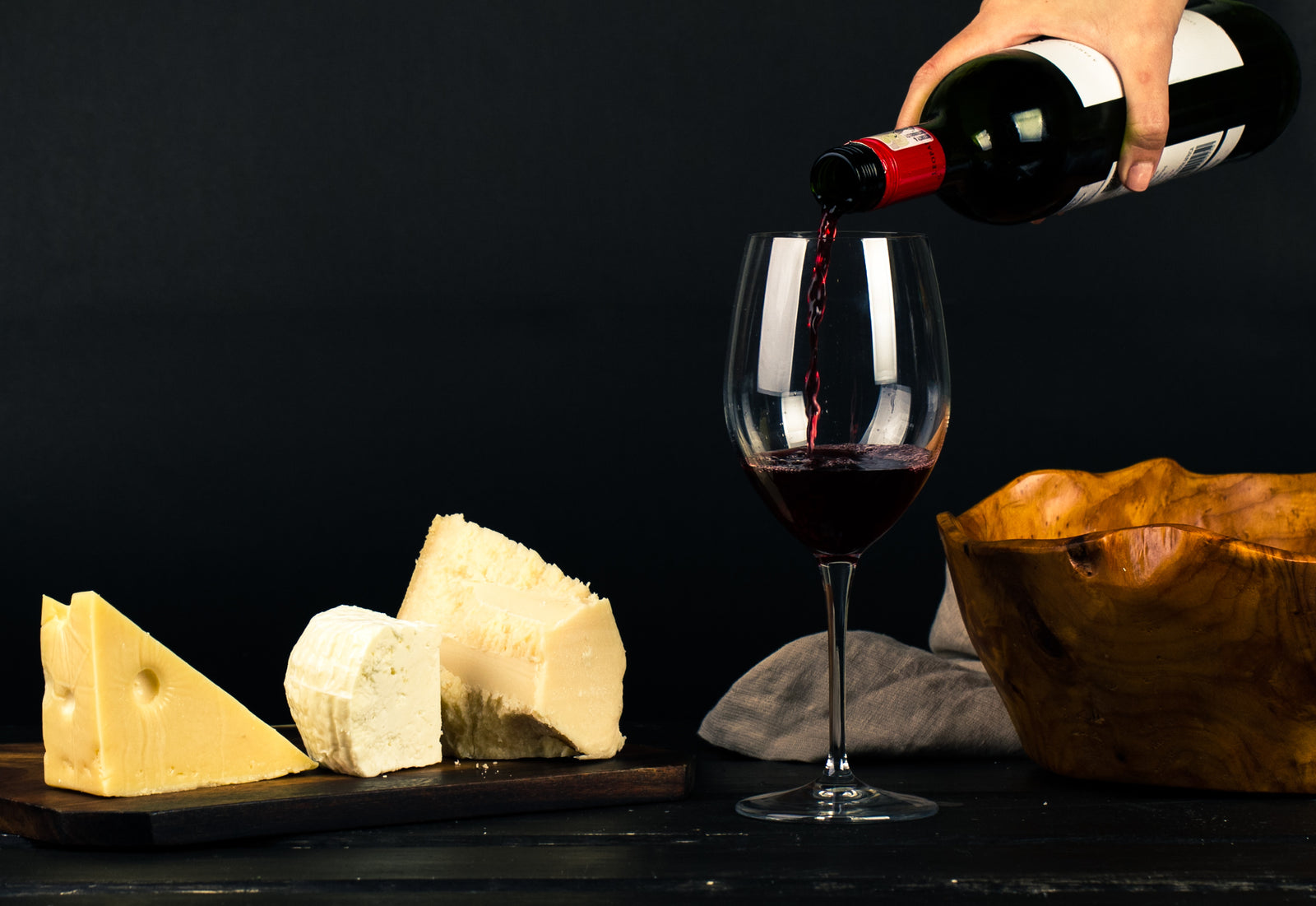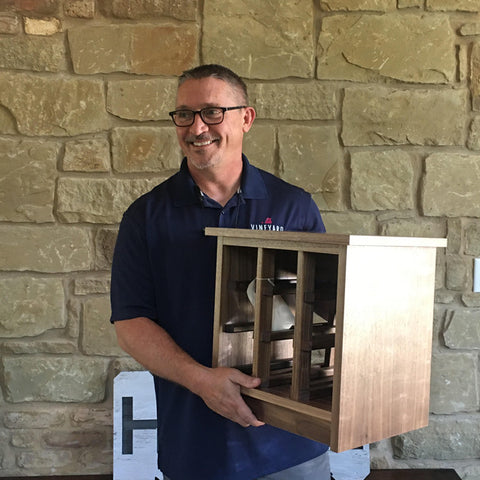For all of those that are still 'on the fence' about purchasing your next Wine Cooler! Let us provide you a factual and helpful guide for owning a wine or beverage cooler.
Upon arrival, all coolers should stand upright for 24 hours before being plugged in. This will allow the coolant to settle.
Proper temperature for the storage of wine?
To preserve bottles for as long as possible wine should be stored at approximately 55° Fahrenheit/ 13° Celsius.
Why should I buy a wine cooler?
Wine coolers are a space-saving storage solution. They create a perfect balance of temperature and humidity for the aging of wine. If you have limited space or have a small to medium-sized collection, a wine cooler is a great option.
What is the difference between a free-standing wine cooler and a built-in or under-counter cooler?
Built-in coolers are designed to operate within a confined space due to their front exhaust. Since freestanding coolers typically have rear exhaust, it is recommended that you keep at least 6 inches of clearance at the back. Improper clearance means that the unit will build up heat within the cabinet which may damage its contents and cause the cooler to overheat.
Can I store other beverages in this cooler?
You may. Also, keep in mind that storing oddly shaped bottles may decrease the bottle capacity of your wine cooler.
What is the best way to clean my wine cooler?
To reduce the risk of electrical shock, make sure you unplug the unit before cleaning. Use only a mild, non-abrasive cleaner to clean the exterior of the cabinet. Always dry all parts with a clean dry cloth before returning the parts to the cooler or plugging it back in.
Can I use an extension cord?
We strongly recommend against the use of an extension cord. However, if you still select to use one, it must be a UL Listed 3-wire grounding type appliance extension cord. The marked rating of the extension cord should be 115V, 15A, or equivalent and not greater than 15 ft. in length.
How should this unit be installed?
Make sure you are placing the unit on a solid, level surface. Places you should NOT install your wine cooler: in direct sunlight, moist areas, or anywhere its weight will not be supported. Please refer to the Owner’s Manual for detailed clearance guidelines for built-in and freestanding wine coolers.
Where should I install this wine cooler?
Some ideas: in the family room, living room, kitchen, home bar, dining room, luxury bedroom, or den. In addition to residential spaces, our wine coolers make a great addition to any restaurant, bar, country club, or hotel.
How do I adjust the temperature of my wine cooler?
If you have just received your cooler, on some models, you might be required to unlock the control panel first. Please refer to the Owner’s Manual for detailed instructions on how to adjust the temperature of your cooler or turn on the light.
How can I store both red and white wines in this cooler?
Single zone wine coolers and do not have separate compartments for red and white. However, if you would like to store both varieties in your cooler, you may store white wine towards the bottom of the cooler where the temperature is cooler and red towards the top. Multi-zone coolers have independent temperature zones in which you may store red or white wine at their ideal temperatures.
Will my wine cooler accommodate all bottle sizes?
For example, our VinoTemp coolers are built to store standard 750ml Bordeaux wine bottles. Storing large or oddly shaped wine bottles such as magnums or champagne bottles will decrease the number of bottles you are able to store inside this unit. Some units are designed to store larger format bottles at the very bottom of the cooler.
What is the difference between direct cooling and air cooling?
In coolers with direct cooling (ex: freestanding units), the evaporator is exposed inside the cabinet. The interior cold air is circulated through convection with no interior fan. The temperature difference between the upper and lower zones vary slightly. In coolers with air cooling, a fan is typically located in front of the interior evaporator. A combination of convection and the fans usually circulate the cold air throughout the cabinet. The difference in temperature between the upper and lower zones vary slightly.
Questions? Please Contact Us.


